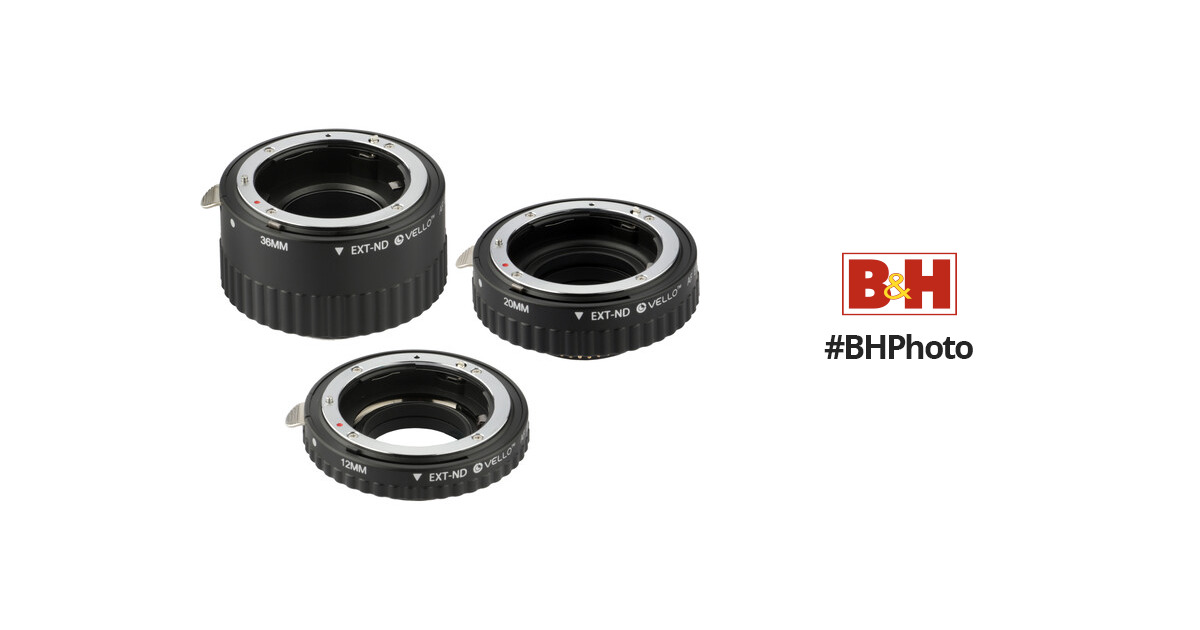bradleyheathhays
TPF Noob!
- Joined
- Sep 14, 2011
- Messages
- 19
- Reaction score
- 1
I'm an amateur 'photographer' with just enough knowledge to be dangerous to myself. I have the typical Canon Rebel T7 with 18-55mm lens package and I pretty much shoot with it on auto all the time. Only problem I have is that I can't get close in shots with this lens.
I'll be needing to make some close up shots of really small insects here shortly and need a recommendation for a close up lens that's about my speed. A good and cheap (if the combination exists) lens is exactly what I'm looking for. Just whatever gets the job done.
Any recommendations for a lens? Thanks.
I'll be needing to make some close up shots of really small insects here shortly and need a recommendation for a close up lens that's about my speed. A good and cheap (if the combination exists) lens is exactly what I'm looking for. Just whatever gets the job done.
Any recommendations for a lens? Thanks.






![[No title]](/data/xfmg/thumbnail/34/34052-c6933243940b9ae3474b0a2abaa08312.jpg?1734164460)

![[No title]](/data/xfmg/thumbnail/34/34053-89f2960a2f30add00b9b4379abd6dd12.jpg?1734164460)